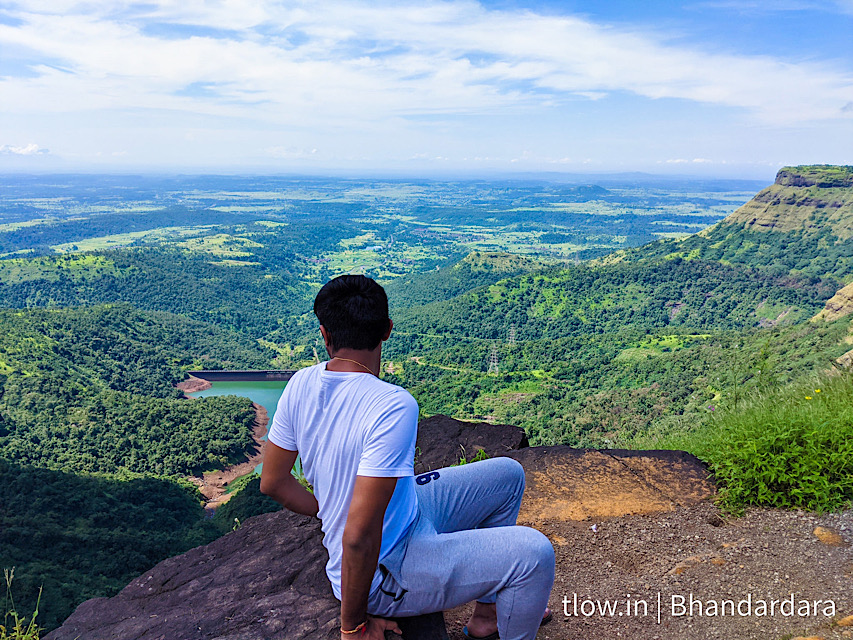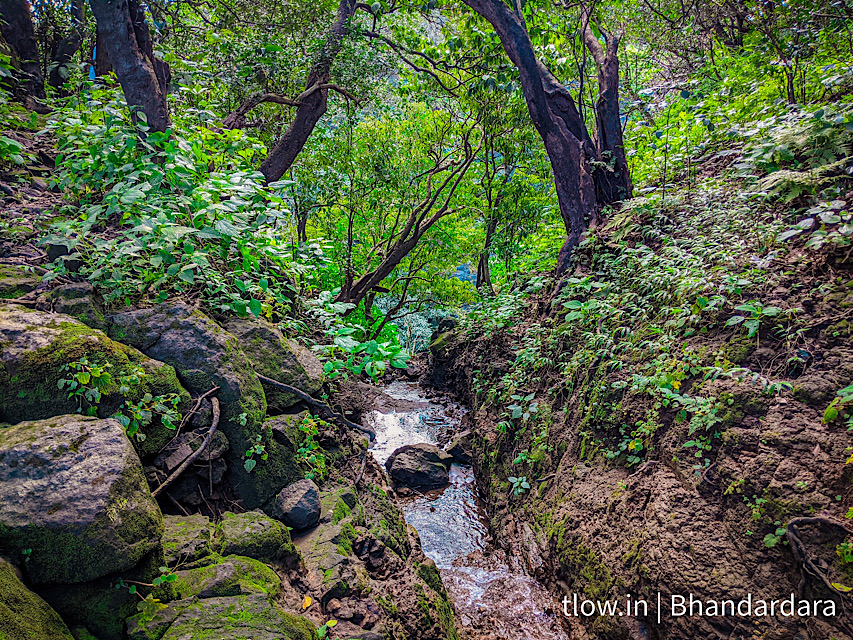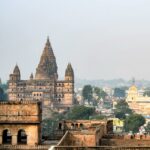
14 great facts about the Sahyadris
Table of Contents
1) Sahyadris Year:
The Sahyadris are estimated to be about 60-80 million years old, older than the Himalayas. The Sahyadri Mountains, also known as the Western Ghats, are a mountain range located along the western coast of India.
2) UNESCO Biosphere Reserve:
Several areas within Sahyadris have been designated as UNESCO Biosphere Reserves, including the Nilgiri Biosphere Reserve, the Agastiyamala Biosphere Reserve, and the Great Indian Bustard Reserve. It stretches approximately 1,600 kilometers (990 miles) from the southwestern edge of Gujarat in the north to the southern tip of Tamil Nadu in the south.
3) Endangered Species:
Sahyadris is home to several endangered and endangered species such as the Malabar flying squirrel, Nilgiri tar, Siobal monkey and Indian flying squirrel. The Sahyadri Mountains are older than the Himalayas and are considered a UNESCO World Heritage Site due to their high biological diversity and unique ecosystems.
4) Rainfall record:
Sahyadris’ Cherrapunji weather station holds the record for the highest annual rainfall, exceeding his 26,000 millimeters (1,000 inches) in 1861. The average elevation of the Sahyadri Mountains is around 1,200 meters (3,900 feet), with the highest peak being Anamudi in Kerala at an elevation of 2,695 meters (8,842 feet).
5) Shola Forest:
The Sahyadris are known for their unique Shola forests, which are dense, evergreen mountains found at high altitudes. These forests are important habitats for many endemic species. The range is home to a large number of endemic species, including numerous plant and animal species found nowhere else in the world. It is one of the world’s ten “Hottest Hotspots” of biodiversity.
6) Waterfalls:
Sahyadris are dotted with numerous waterfalls that cascade down the mountainside. Popular waterfalls include Dudu Sagar Waterfall, Jog Waterfall, and Kunchikal Waterfall. The Sahyadri Mountains receive heavy rainfall due to the southwest monsoon, and thus are responsible for forming major river systems in the region, such as the Godavari, Krishna, and Kaveri rivers.
7)Tribal Community:
The Sahyadris have several indigenous communities such as the Warli, Bir, Gond and Toda. These communities have rich cultural traditions and are deeply connected to their natural environment. This mountain range is also known for its numerous waterfalls, forests, and national parks, including the famous Periyar, Silent Valley, and Eravikulam National Parks, which are known for their rich biodiversity.
8. Cave temple:
Sahyadris is home to several ancient cave temples known for their intricate rock construction and religious significance, including Elephanta Caves, Ajanta Caves and Ellora Caves. Many indigenous tribes and communities reside in the Sahyadri Mountains, practicing traditional farming and sustainable livelihoods that are deeply rooted in the region’s culture and heritage.
9)Hill Fortress:
Sahyadris is dotted with a number of historic hill fortresses built by various dynasties and empires throughout history. Notable forts include Raigad Fort, Shivneri Fort and Singhagad Fort. The Sahyadri Mountains have a significant influence on the climate of the surrounding areas, playing a role in moderating temperatures and creating a favorable ecosystem for agriculture and various flora and fauna.
10) Game Reserve:
There are several animal sanctuaries and national parks within Sahyadris, including the Tadoba Andari Tiger Reserve, Nagarhole National Park, and Silent Valley National Park. This mountain range has cultural and historical significance as well, as it is home to numerous ancient fortifications, cave temples, and historical sites, showcasing the region’s rich heritage.
11)Medicinal plants:
Sahyadris is known for its rich flora, including numerous medicinal plants. Traditional medical systems such as Ayurveda make use of many of the herbs and plants found in the region.
12)Western Ghats Monsoon Retreat:
Each year the Sahyadris experience a unique weather phenomenon known as the Western Ghats Monsoon Retreat. This refers to the absence of monsoon rains from the region, which usually begin in September.

13)Climbing and rappelling:
Sahyadris is a great place for rock climbing and rappelling due to its steep cliffs and rocky terrain. Adventure seekers often visit the region for these activities.
13)Tea and coffee plantations:
The Sahyadris are known for their tea and coffee plantations, especially in areas such as Munnar, Coorg and Wayanad. These plantations contribute significantly to the local economy.
14)Sacred Grove:
Sahyadris is a protected forest area with several sacred groves and considered sacred by the local community. These groves play an important role in biodiversity conservation and cultural practices.
Text by Kunal Mahure
.










